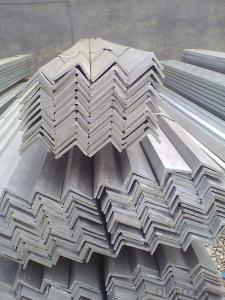Steel rebar, also known as reinforcement bars, plays a critical role in the construction industry. It’s the backbone of modern infrastructure, providing strength and stability to concrete structures. But have you ever stopped to consider the weight of steel rebar? It’s not just a matter of physics; it’s a matter of economics, safety, and sustainability. Let’s dive into the world of steel rebar and explore its significance in our lives.
The Backbone of Construction
Rebar is the unsung hero of the construction world. It’s the silent strength that holds up our buildings, bridges, and highways. Without rebar, our concrete structures would be vulnerable to cracking and collapsing. But what makes rebar so special? It’s the combination of its high tensile strength and ductility that makes it the perfect material for reinforcement.
The Weight of Responsibility
When we talk about the weight of steel rebar, we’re not just referring to its physical weight. The weight of rebar also represents the responsibility that comes with using it in construction projects. Engineers and architects must carefully calculate the amount of rebar needed to ensure the safety and stability of the structure. This is not a task to be taken lightly, as the consequences of getting it wrong can be catastrophic.
The Economic Impact
The weight of steel rebar also has a significant economic impact. The cost of rebar can vary greatly depending on factors such as the type of steel, the diameter of the bar, and the market conditions. This can affect the overall budget of a construction project. Moreover, the transportation and handling of rebar can also add to the cost, especially for large-scale projects.
Safety First
Safety is always a top priority in the construction industry, and the weight of steel rebar plays a crucial role in ensuring the safety of construction workers and the public. Proper handling and storage of rebar are essential to prevent accidents. Additionally, the correct amount of rebar must be used in a structure to ensure its stability and prevent potential collapses.
Sustainability and the Future
As we move towards a more sustainable future, the weight of steel rebar takes on a new meaning. The production of steel rebar consumes a significant amount of energy and resources. Therefore, it’s essential to consider the environmental impact of using rebar in construction projects. This includes the selection of recycled or sustainable materials and the efficient use of rebar to minimize waste.
The Human Touch
While steel rebar may seem like a cold, unfeeling material, it’s important to remember that it’s a product of human ingenuity and hard work. The people who manufacture, transport, and install rebar contribute to the strength and stability of our world. Their efforts should not be overlooked, as they play a vital role in the success of any construction project.
The Weight of Tradition
In some cultures, the weight of steel rebar is also symbolic. It represents the weight of tradition and the importance of preserving the past while building for the future. This is particularly relevant in historical restoration projects, where the use of rebar must be carefully balanced with the preservation of cultural heritage.
Conclusion
The weight of steel rebar is more than just a physical property; it’s a multifaceted concept that encompasses responsibility, economics, safety, sustainability, and human touch. As we continue to build and innovate, let’s not forget the importance of this essential material in our lives. It’s not just about the structures we create; it’s about the legacy we leave behind for future generations.

